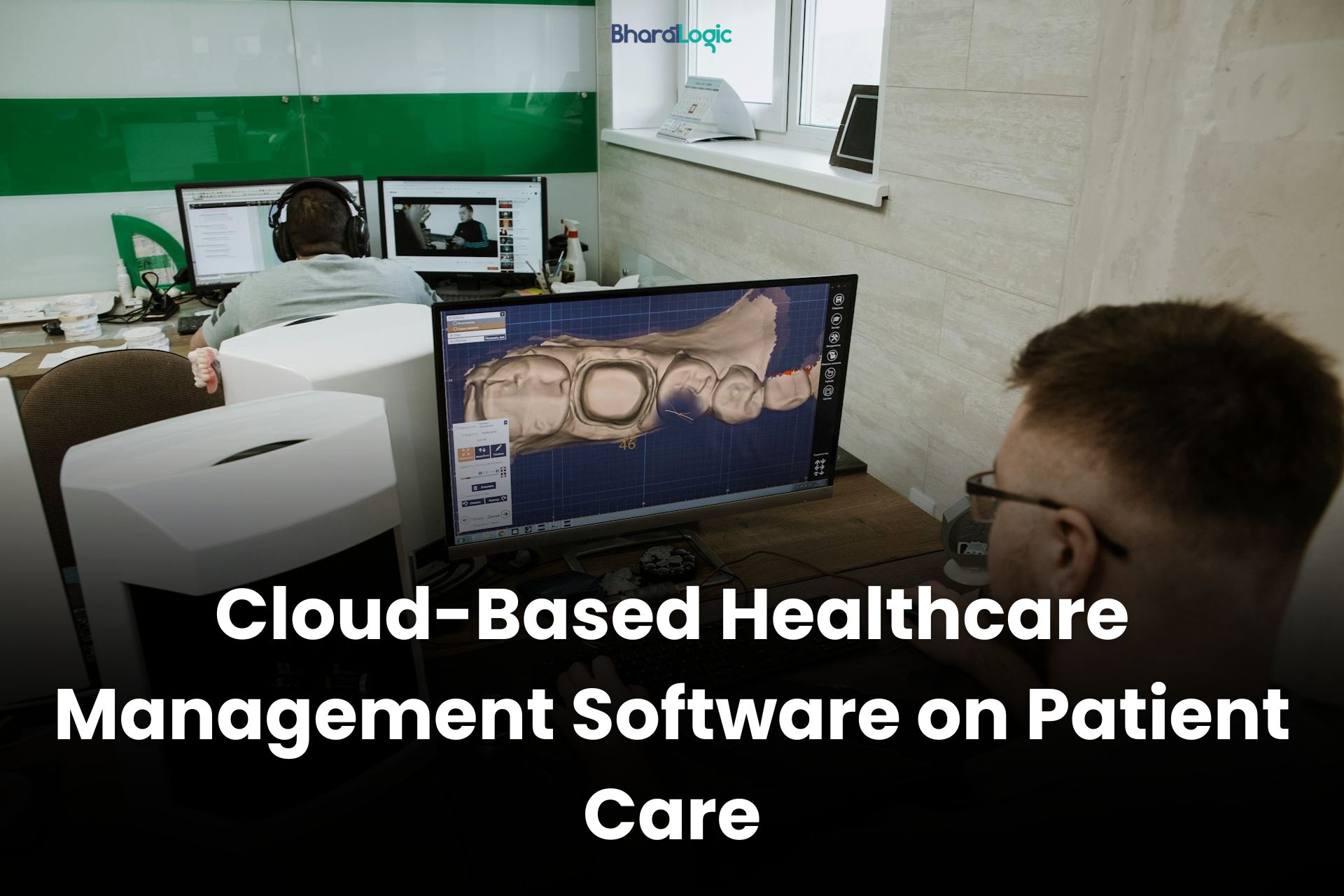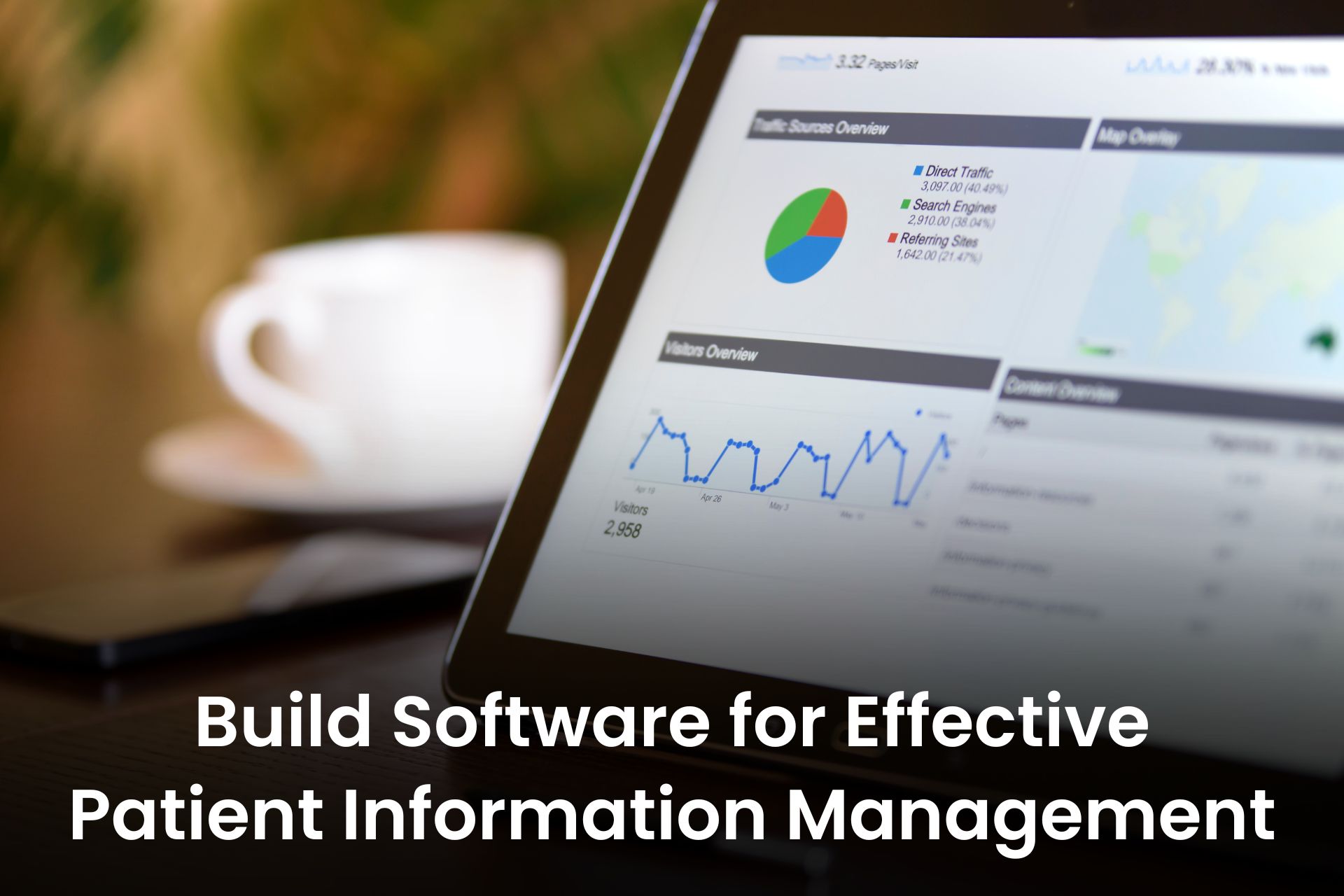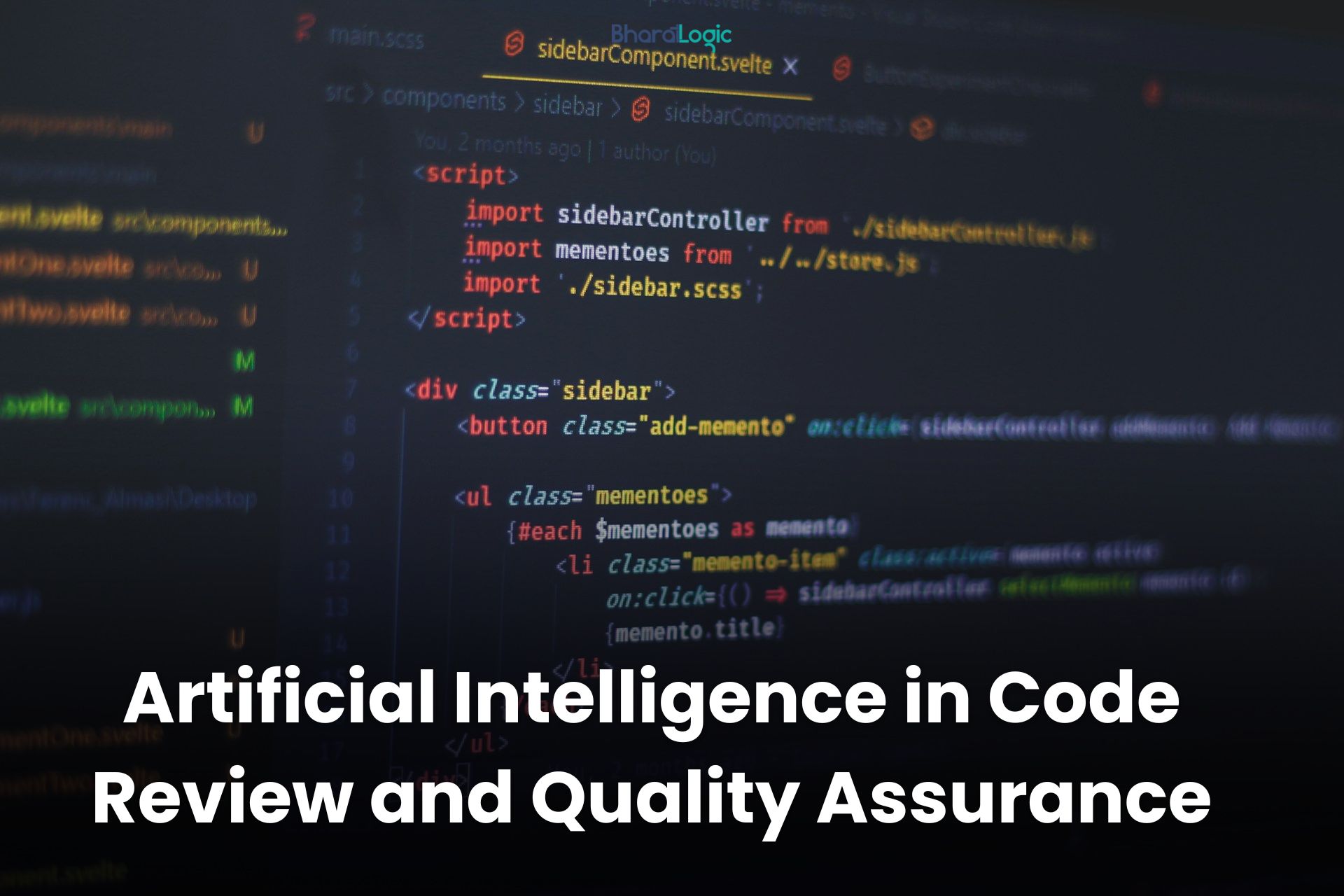Top 5 Trendsetting Software Development Services for 2024
In the fast-paced world of technology, staying updated with the latest trends is crucial for software developers. With 2024 upon us, it’s time to explore the cutting-edge software development services that are shaping the industry landscape. Whether you’re a seasoned developer or just starting your journey, understanding these trends can propel your projects to new heights. Let’s delve into the five must-know trendsetting software development services for 2024.
Artificial Intelligence and Machine Learning Integration

Artificial Intelligence (AI) and Machine Learning (ML) have evolved from theoretical concepts to indispensable tools in software development. In 2024, these technologies are deeply integrated into various applications, enhancing user experiences and optimizing processes. Developers harness AI algorithms to create personalized interactions, predictive analytics, and automation workflows.
These advancements not only streamline tasks but also anticipate user needs, contributing to improved efficiency and productivity. Natural Language Processing (NLP) has seen significant progress, enabling applications to understand and respond to human language with remarkable accuracy. From virtual assistants to sentiment analysis systems, AI-driven solutions are revolutionizing communication and collaboration in the digital realm.
1. Enhanced User Experience with AI-Powered Solutions
Developers are leveraging AI algorithms to create personalized user experiences, predictive analytics, and automation workflows. From recommending products based on user behavior to optimizing processes for maximum efficiency, AI-driven solutions are revolutionizing how software interacts with users.
2. Advancements in Natural Language Processing (NLP)
With advancements in Natural Language Processing (NLP), developers can build applications capable of understanding and responding to human language with remarkable accuracy. This technology is powering virtual assistants, language translation tools, and sentiment analysis systems, opening up new possibilities for communication and collaboration.
Did You Know ? You can use AI in the process for SEO : How to Use Artificial Intelligence to Boost Your Website’s SEO
Blockchain Development for Security and Transparency

Blockchain technology has transcended its association with cryptocurrencies to become a cornerstone of security and transparency in various industries. In 2024, there is a notable surge in demand for blockchain-based solutions, particularly in finance, healthcare on healthcare app development, and supply chain management. Decentralized Finance (DeFi) platforms exemplify blockchain’s potential, facilitating peer-to-peer transactions and asset management without intermediaries.
Additionally, blockchain ensures end-to-end traceability and transparency in supply chains, mitigating risks such as counterfeiting and fraud. Its immutable ledger provides a trusted record of transactions, fostering trust and accountability across ecosystems..
1.Decentralized Finance (DeFi) Solutions
The rise of decentralized finance (DeFi) platforms is reshaping the financial landscape, enabling peer-to-peer transactions, lending, borrowing, and asset management without the need for intermediaries. Developers are leveraging blockchain to create secure and transparent financial ecosystems that empower individuals worldwide.
2. Supply Chain Traceability and Transparency
Blockchain’s immutable ledger is revolutionizing supply chain management by providing end-to-end traceability and transparency. With blockchain-based solutions, stakeholders can track the journey of products from manufacturer to consumer, mitigating risks such as counterfeiting, fraud, and inefficiencies.
Progressive Web Applications (PWAs) for Enhanced User Engagement

Progressive Web Applications (PWAs) have emerged as a game-changer in the realm of user engagement. In 2024, PWAs are gaining momentum as developers strive to deliver seamless experiences across devices. Unlike traditional native applications, PWAs leverage web technologies to offer fast, reliable, and engaging experiences. Offline functionality is a standout feature, enabled by service workers, allowing users to access content even without an internet connection.
Moreover, PWAs load instantly and can be accessed directly from web browsers, eliminating the need for installation from app stores. This approach reduces friction for users and simplifies deployment for developers, driving broader adoption.
1. Offline Functionality and Instant Loading
PWAs leverage service workers to enable offline functionality, allowing users to access content even without an internet connection. Furthermore, PWAs load instantly, providing a seamless experience akin to native mobile applications, thereby increasing user engagement and retention.
2. Cross-Platform Compatibility and Installation-Free Experience
Unlike traditional native applications, these web applications like mentioned at our blog are platform-agnostic and do not require installation from an app store. This eliminates barriers to entry for users and simplifies the deployment process for developers, resulting in broader reach and faster adoption.
Internet of Things (IoT) Integration for Smart Solutions

The Internet of Things (IoT) continues to revolutionize industries by transforming everyday objects into smart devices. In 2024, IoT integration is ubiquitous, offering a myriad of applications in both consumer and industrial sectors. Smart home automation systems, powered by IoT, enable users to control devices remotely using smartphone apps or voice commands, enhancing convenience and efficiency.
In industrial settings, IoT enables real-time monitoring, predictive maintenance, and process optimization. By connecting machinery, sensors, and equipment to centralized platforms, developers unlock valuable insights, reduce downtime, and maximize productivity, leading to significant advancements in efficiency and cost savings.
1. Smart Home Automation and Connected Devices
IoT-powered smart home automation systems are becoming increasingly popular, allowing users to control lights, thermostats, security cameras, and other devices remotely via smartphone apps or voice commands. Developers are leveraging IoT platforms to create seamless and intuitive user experiences that streamline daily routines.
2. Industrial IoT (IIoT) for Enhanced Efficiency and Predictive Maintenance
In the industrial sector, IoT integration is revolutionizing operations by enabling real-time monitoring, predictive maintenance, and process optimization. By connecting machinery, sensors, and other equipment to centralized platforms, developers can unlock valuable insights, reduce downtime, and maximize productivity.
Cybersecurity Solutions for Enhanced Protection

With the ever-growing threat landscape, cybersecurity has become paramount in 2024. Software developers prioritize robust cybersecurity solutions to safeguard sensitive data, privacy, and infrastructure from malicious actors. AI-powered cybersecurity solutions play a vital role in bolstering defense mechanisms against evolving threats such as malware, phishing, and ransomware.
These solutions analyze vast amounts of data in real-time, identifying suspicious patterns and potential breaches, enabling proactive threat mitigation and incident response. Zero-Trust Architecture (ZTA) emerges as a paradigm shift in cybersecurity, operating on the principle of “never trust, always verify.” This approach minimizes attack surfaces and prevents unauthorized access to critical resources, ensuring a resilient security posture in an increasingly digital world.
1. AI-Powered Threat Detection and Response
AI-driven cybersecurity solutions are bolstering defense mechanisms against evolving threats such as malware, phishing, and ransomware. By analyzing vast amounts of data in real-time, AI algorithms can identify suspicious patterns, anomalies, and potential breaches, enabling proactive threat mitigation and incident response.
2. Zero-Trust Architecture and Identity Management
Zero-Trust Architecture (ZTA) is gaining traction as a paradigm shift in cybersecurity, where no entity is trusted by default, regardless of its location or credentials. Developers are implementing ZTA principles alongside robust identity and access management (IAM) solutions to enforce granular controls, minimize attack surfaces, and prevent unauthorized access to critical resources.
Conclusion
As we navigate the dynamic landscape of software development in 2024, embracing these trendsetting services can empower developers to create innovative solutions that address the evolving needs of users and businesses alike. From AI-driven experiences to blockchain-powered ecosystems, the future of software development is ripe with possibilities. By staying informed, adaptable, and proactive, developers can stay ahead of the curve and make a lasting impact in the digital realm.
With thorough exploration and implementation, these trendsetting services are poised to shape the software development landscape in 2024 and beyond, offering unprecedented opportunities for innovation and growth. As developers, it’s essential to stay abreast of these trends, adapt to changing dynamics, and leverage emerging technologies to create impactful solutions that drive positive change in the world.
It’s time to contact BharatLogic. Here you can get the assistance of skilled and talented software developers who have years of experience in this field and can turn your dream into reality. So, what are you waiting for? Get in touch with the experts of BharatLogic today!
FAQ
Progressive Web Applications (PWAs) are web-based applications that utilize modern web technologies to provide users with a fast, reliable, and engaging experience similar to native mobile applications. PWAs leverage features such as service workers to enable offline functionality, push notifications, and seamless integration with device hardware. They can be accessed directly from a web browser without the need for installation from an app store, making them accessible to a broader audience.
Artificial Intelligence (AI) and Machine Learning (ML) have become integral to software development, offering capabilities such as predictive analytics, personalized user experiences, and automation. AI algorithms analyze large datasets to identify patterns and make predictions, while ML models learn from data to improve performance over time. These technologies empower developers to create intelligent applications that adapt to user behavior, optimize processes, and deliver enhanced user experiences.
Blockchain technology is a decentralized, distributed ledger system that records transactions across multiple computers in a tamper-proof manner. In software development, blockchain is utilized for various purposes, including secure and transparent financial transactions (e.g., cryptocurrencies), supply chain management (e.g., tracking product provenance), digital identity verification, and smart contracts (self-executing contracts with predefined conditions).
The Internet of Things (IoT) refers to the network of interconnected devices embedded with sensors, software, and other technologies that enable them to collect and exchange data. In software development, IoT integration allows developers to create smart solutions that enhance efficiency, convenience, and productivity across various industries. IoT applications range from smart home automation systems to industrial monitoring and predictive maintenance solutions.
In today’s digital landscape, cybersecurity is paramount. Developers should prioritize robust cybersecurity solutions to safeguard sensitive data, privacy, and infrastructure from cyber threats. Some key cybersecurity solutions include AI-powered threat detection and response systems, zero-trust architecture (ZTA), encryption protocols, multi-factor authentication (MFA), and regular security audits and updates. These solutions help mitigate risks and ensure the integrity and security of software applications and systems.





